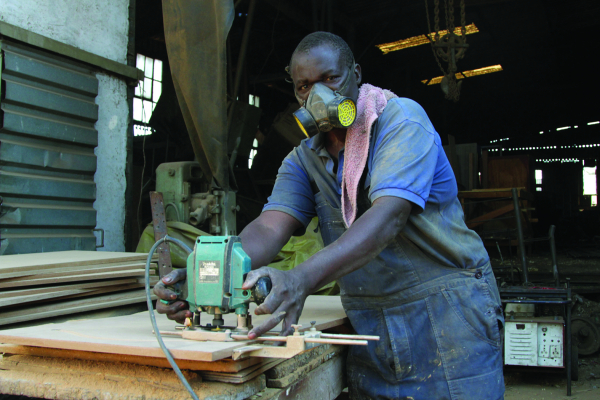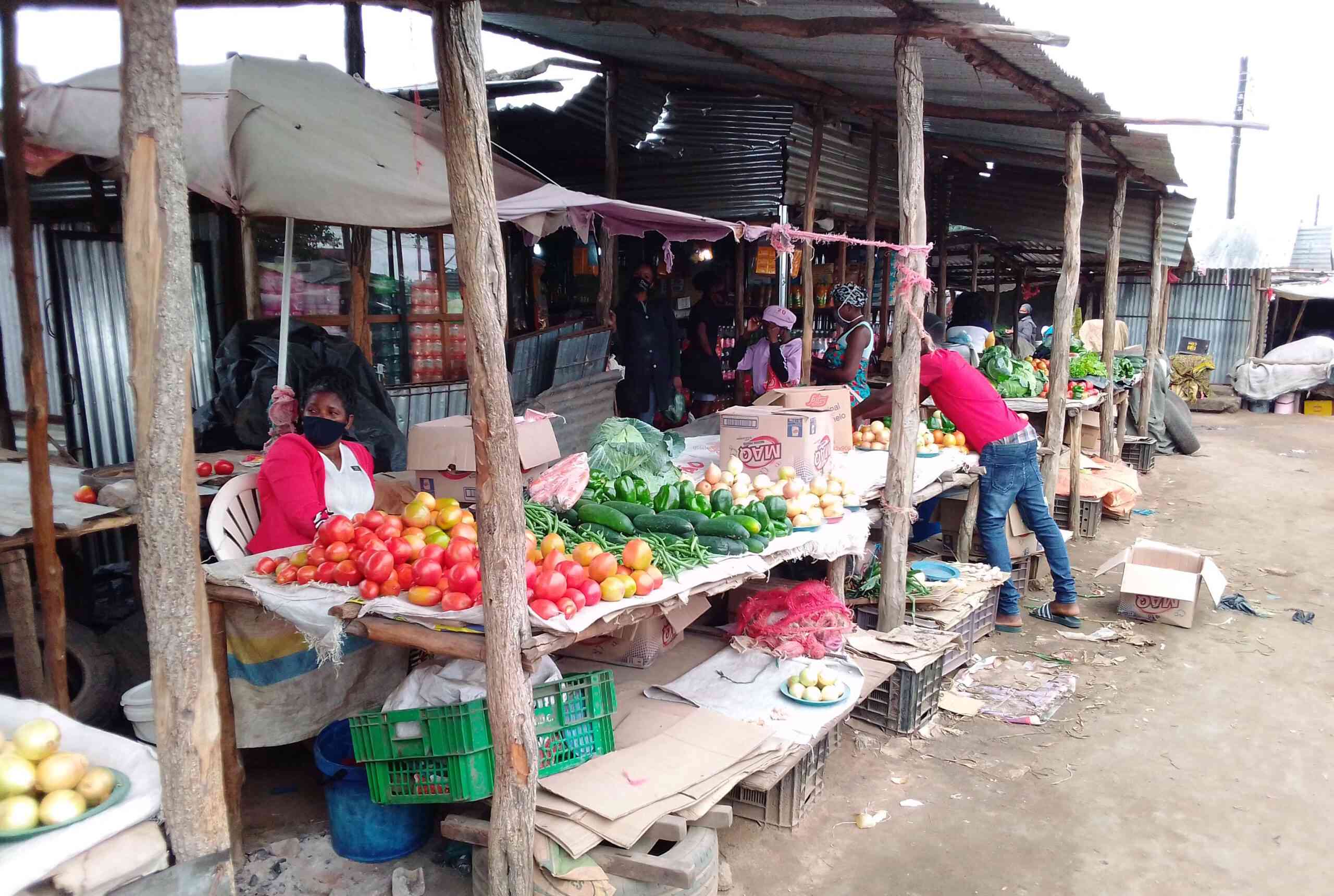
The region’s real gross domestic product (GDP) growth slowed down to 2,2% in 2016, mainly due to the continued fall in commodity prices and weak global economic growth.
By KUDZAI GOREMUSANDU
East Africa was the fastest-growing region at 5,3% real GDP growth, followed by North Africa at 3%. Growth in other regions was anaemic, ranging from a low of 0,4% in West Africa, dragged down by the recession in Nigeria, to 1,1% in Southern Africa, with South Africa, the region’s largest economy, posting only 0,3% growth.
With dynamic private sectors, an entrepreneurial spirit and vast resources, Africa has the potential to grow faster and more inclusively. The continent’s average growth is expected to rebound to 3,4% in 2017, assuming that the recovery in commodity prices is sustained, the world economy is strengthened and domestic macroeconomic reforms are entrenched. In 2018, growth is expected to consolidate, expanding by 4,3%.
The composition of total financial flows to Africa reflects the dynamism of its domestic markets. In 2017, inflows are projected at almost $180 billion. Remittances will reach $66,2 billion, up from $64,6 billion in 2016. Foreign direct investment inflows are expected to reach over $57 billion in 2017, supported mainly by green field investments from emerging economies.
Tax revenue remains the most important source of domestic financing in African countries but has slowed with the decline in commodity prices. African countries will need to explore other options of mobilising domestic resources to minimise vulnerability of revenues to volatility in commodity prices.
Unlocking Africa’s less volatile sources of growth to spur human development will require greater investment in human capital —such as in health, education and skills, stronger capacities to diversify financing and more effective efforts to promote structural transformation.
Despite a decade of progress, 54% of the population in 46 African countries is still living in poverty. It is essential to double efforts to empower Africans with the necessary skills to promote development from the bottom up, driven by domestic innovation and investment.
- Chamisa under fire over US$120K donation
- Mavhunga puts DeMbare into Chibuku quarterfinals
- Pension funds bet on Cabora Bassa oilfields
- Councils defy govt fire tender directive
Keep Reading
It is also in line with the African Union’s proclamation of industrialisation as the main strategy to promote inclusive economic transformation, and it is the ninth Sustainable Development Goal.
In addition, in July 2016, the United Nations General Assembly proclaimed 2016-25 as the Third Industrial Development Decade for Africa; and under China’s leadership, the G20 also agreed in September 2016 to support Africa’s industrialisation as part of its Action Plan on the 2030 Agenda for Sustainable Development. In 2017, total external flows are expected to reach $179,7 billion, up from $177,7 billion in 2016, with foreign direct investment (FDI) and remittances remaining Africa’s most important external financial sources.
Total FDI is projected to be $57,5 billion, thanks to inflows from the Far and Middle East. Investments are diversifying into consumer goods and services, such as financial services and information and telecommunications.
Remittances are projected to increase to $66,2 billion in 2017, 2,4% higher than the previous year. While more and better aid will remain crucial for low-income and fragile economies, private flows will play an increasingly important role to mobilise finance and to spur local development and entrepreneurship. Despite significant efforts to increase fiscal revenues, these still fall short of Africa’s financing needs.
Eighteen African countries have achieved medium-to-high human development, and the share of people living in poverty is falling. However, progress in human development is slow and uneven. Employment creation and entrepreneurship can help in reducing poverty.
Governments can achieve these by addressing barriers to entrepreneurship such as informality, fragility, and constrained business opportunities for the youth and women.
By harnessing better education, skills and health, engaging the youth and women, and promoting sustainable use of environmental resources, Africa can better respect its commitments to the Sustainable Development Goals and Agenda 2063.











